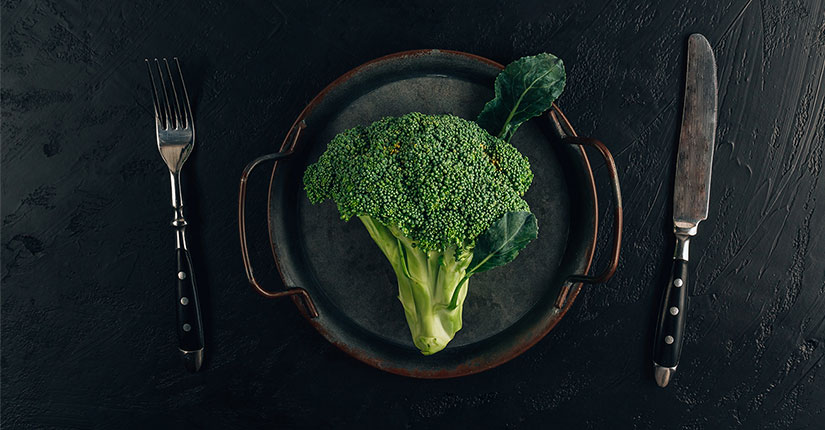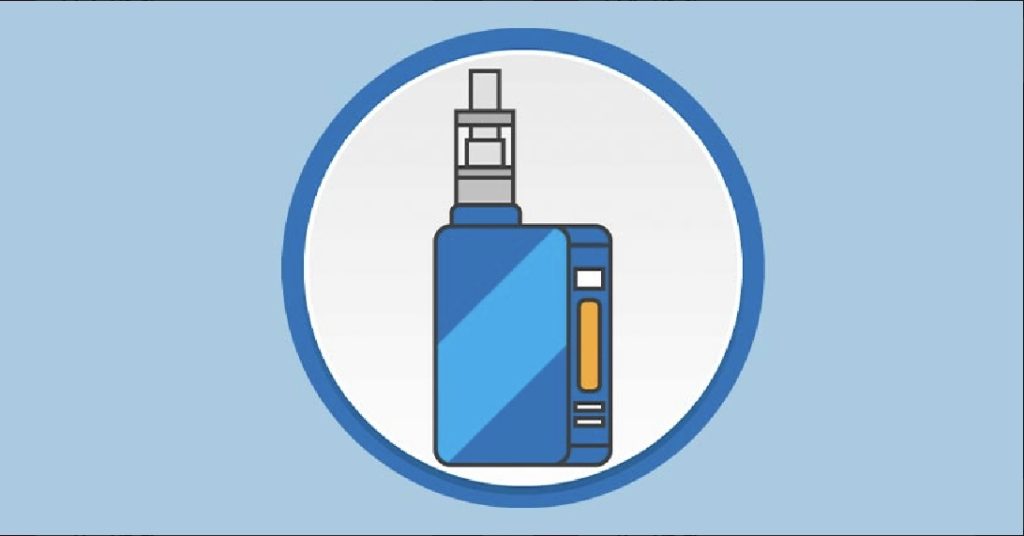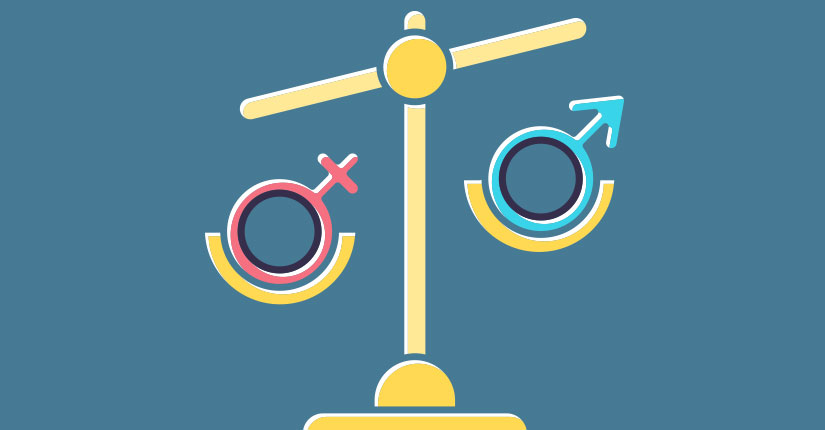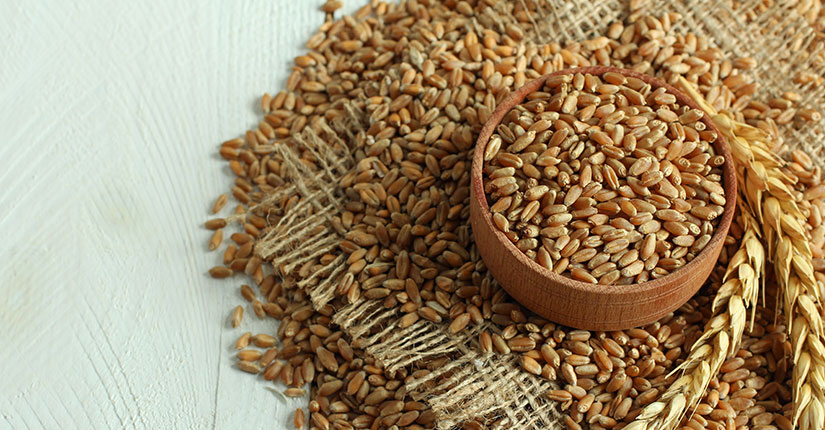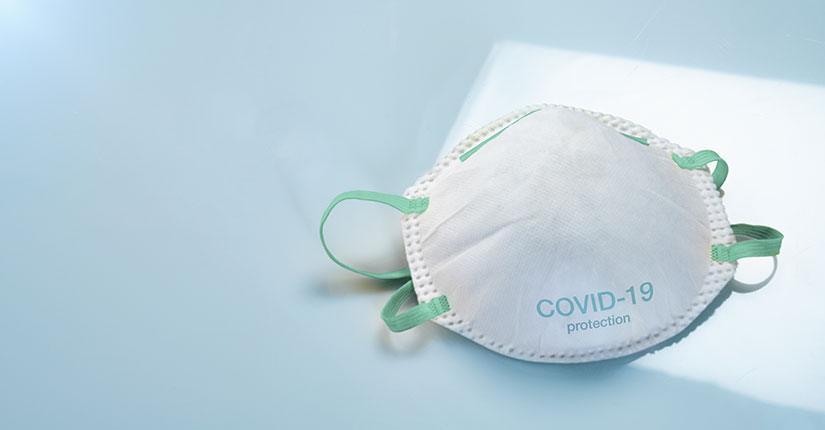Hump Neck: The perils of the mobile age
By Nmami Agarwal 05-May 2023 Reading Time: 4 Mins

Technology has changed our lives; it has made it more convenient and easy going.
Like how we have pros and cons of everything. We have drawbacks of using excess technology, especially mobile phones.
There are two kinds of hump neck commonly seen in the mases –
- Buffalo hump
- Dowager’s hump or kyphosis
Both the humps have different causative factors but these physical abnormalities are resultant of increased stress on the neck musculature, which can cause pain in the neck, upper back, and shoulder, as well as other effects like rounded shoulders, reduced mobility, and headaches.
Buffalo hump
Buffalo hump is a condition where there is a collection of excess fat behind the neck that causes the shoulders to develop hump-like shape. It is caused due to some underlying condition like cushing’s syndrome or due to some medications.
Medicines like glucocorticoid which is used for treating various autoimmune diseases can cause buffalo hump. An increase in cortisol levels usually seen in cushing’s syndrome is also a causative factor for buffalo hump
Apart from this, obesity can also be a contributing factor due to an increase in fat deposits behind the neck.
Treatment of buffalo hump depends on the causative factors. If it is due to medicines, change in the dosage or type of medicine helps to manage the problem. Cosmetic surgery may be used to remove the fat deposits. For cushing’s syndrome, appropriate medicines are given which reduces the hump.
Dowager’s hump or kyphosis
This condition is often associated with the elderly but many younger people are experiencing kyphosis.
The proliferation of smartphones and tablets has encouraged forward head posture, and in many people the spine adapts to holding the head in this position. The neck muscles have to work harder and harder as the head is held forward.
Another reason could be osteoporosis where the bones become brittle due to low calcium levels in the body leading to bones bending and losing its shape.
Some lifestyle changes may also help to manage this condition –
- Diet and exercise to lose weight
- Improving your posture to correct postural kyphosis
- Physical therapy to learn neck-strengthening exercises
- Weight-bearing exercises to prevent osteoporosis from getting worse
By maintaining proper posture, performing regular physical exercises that includes stretching every muscle of the body, strength training can all help to prevent hump neck.

